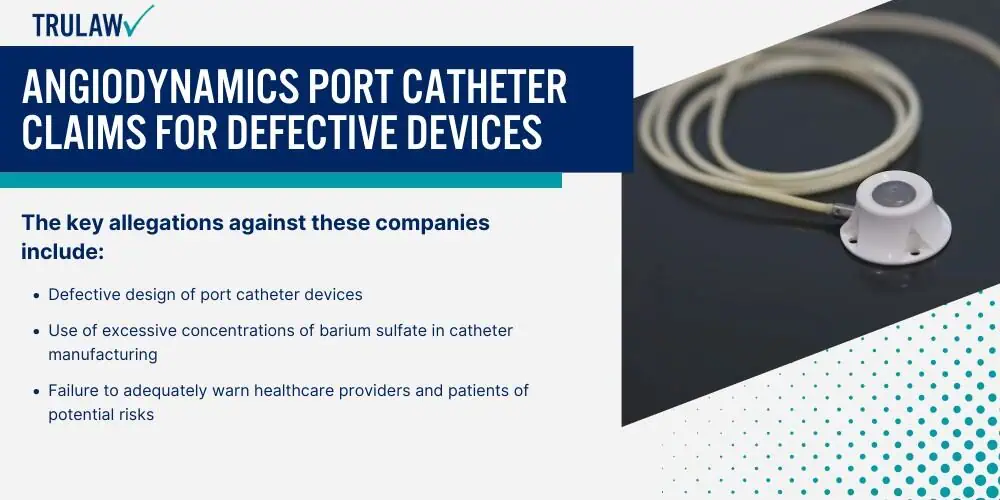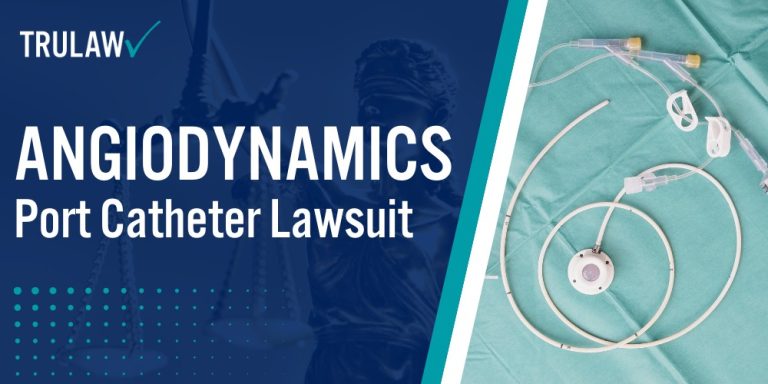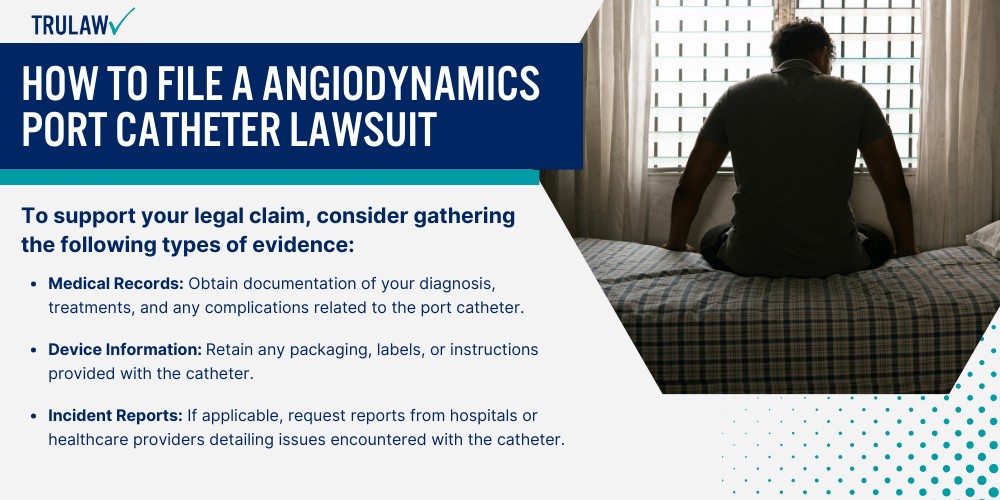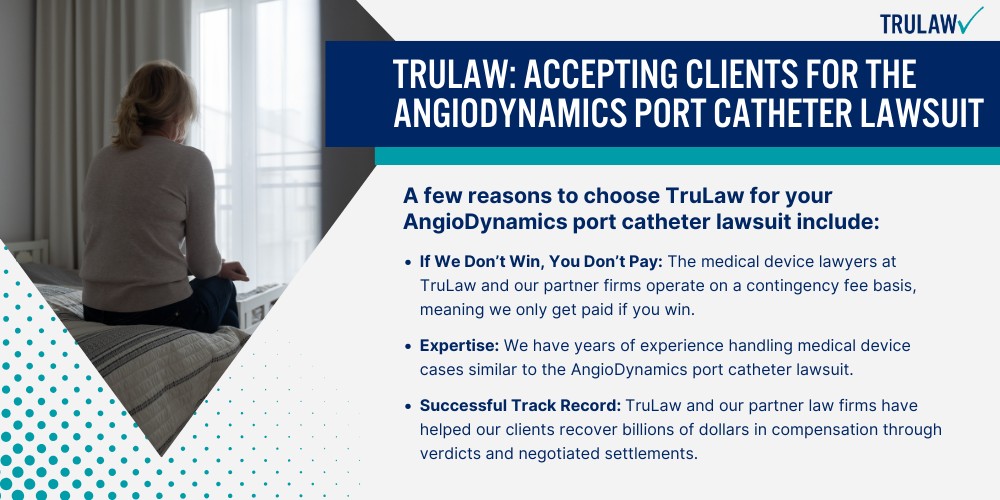The AngioDynamics Port Catheter Products Liability Litigation has been consolidated into a Multidistrict Litigation (MDL No. 3125) in the U.S. District Court for the Southern District of California.
This centralization, established on October 3, 2024, by the United States Judicial Panel on Multidistrict Litigation, aims to streamline the legal process for numerous similar cases across the country.

Allegations Against Device Manufacturers
The primary defendants in this litigation are AngioDynamics, Inc., and Navilyst Medical, Inc., the manufacturers and distributors of the implantable port catheter devices.
The key allegations against these companies include:
- Defective design of port catheter devices
- Use of excessive concentrations of barium sulfate in catheter manufacturing
- Failure to adequately warn healthcare providers and patients of potential risks
- Insufficient pre-market testing to identify potential complications
- Negligence in the production and quality control of the devices
Plaintiffs argue that these alleged shortcomings have led to serious health complications for patients who received the AngioDynamics port catheters.
Individual Injury Claims Reported
The consolidation of these cases into an MDL allows for more efficient handling of common factual and legal issues while still preserving the individual nature of each plaintiff’s claim.
These cases report various injuries that include, but are not limited to:
- Catheter fracture and migration
- Severe infections at the implant site
- Formation of blood clots (thrombosis)
- Perforation of blood vessels or organs
- Need for additional surgeries to remove or replace the device
- Chronic pain and discomfort
As the litigation progresses, it is expected that more patients may come forward with similar allegations, potentially expanding the scope of the MDL.




